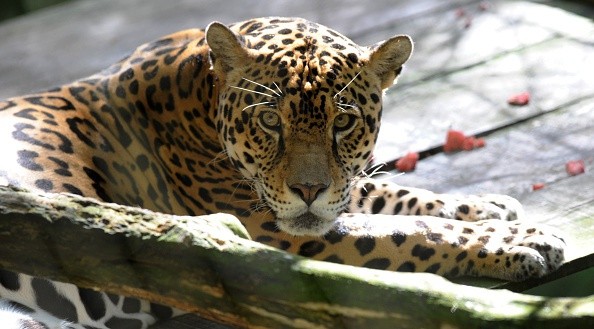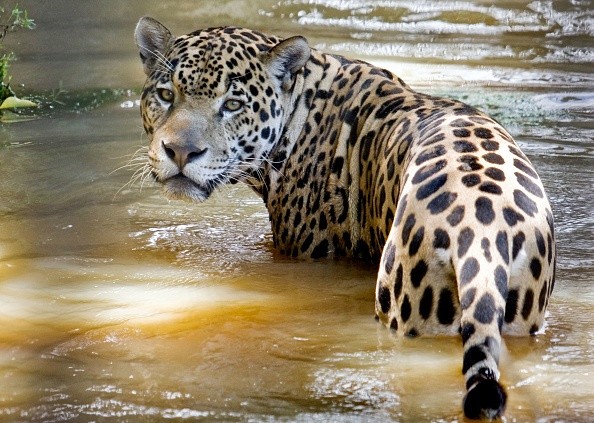Researchers from Oregon State University and a group of international experts have uncovered new information about a group of Brazilian jaguars' food, population density, and social interactions.

Ecology of Jaguars
Jaguars in a remote marsh area of Brazil eat mostly fish and aquatic reptiles, making them the first jaguar population known to eat just fish and reptiles. Jaguars were also seen playing, fishing, and traveling together thanks to motion-activated video cameras.
According to Charlotte Eriksson, a doctoral student at Oregon State University and head author of the article, the findings contradict popular perception that jaguars are solitary mammals whose social interactions are limited to courtship and territorial battles.
The study was conducted in a seasonally flooded protected region in the northern part of the Brazilian Pantanal, the world's largest freshwater wetland. In these locations, fishing is prohibited. There are no roads or human settlements in the area, and cattle ranching is prohibited as well.
It's a difficult place to work because of the waterlogged condition of the area, as well as the fact that researchers must cover themselves from head to toe owing to an abundance of biting insects.
Also Read : Sad News: 26 Jaguars Killed in Panama This Year
Researchers' Discovery
Eriksson said: "Everything is dependent on boats. We are unable to drive. And there's no way we can walk because there's water and a lot of jaguars."
After Carlos Peres, a professor at the University of East Anglia in the United Kingdom described a place rumored to have an unusually high jaguar population density, Taal Levi, an associate professor at Oregon State University, launched the project in collaboration with Brazilian researchers in the region in 2014.
Eriksson works in Levi's laboratory. She started working on the project in 2017 as part of her research study.
Researchers also gathered jaguar scat for the recently published study. In 138 scats, they discovered nine prey items. Reptiles (55%) were the most common prey of jaguars, followed by fish (46%), and mammals (11%).
According to the researchers, this discovery shows that jaguars in this region have the most aquatic diet and the least animal eating of any previously examined jaguar.
13 jaguars were also captured and GPS-tracked by the researchers, who spent 96℅ of their time in the study area. The density of jaguars was estimated to be 12.4 per 100 square kilometers (36 square miles). This density is two to three times higher than what other scientists have discovered in other parts of South America for jaguars.

Aquatic Subsidies
The amount and distribution of water prey, which the researchers refer to as aquatic subsidies, in the region is the reason the density is so high and the jaguars are interacting socially in ways that have never been observed before, according to the researchers. In other words, their biological requirements are addressed, allowing them to burn calories or play.
From 2014 to 2018, researchers used data from 59 camera locations that were operational for a total of 8,065 days. On 95% of the cameras, jaguars were detected.
There were 1,594 videos of jaguars obtained in all, representing 69 different individual animals. A single camera could only film 15 different jaguars at a time, including nine in 2015.
"You only see an apex predator on camera extremely occasionally because they migrate over such wide areas," Eriksson explained.
Adult jaguars engaged in 80 separate social encounters, according to the researchers. 85℅ were between males and females, although 12 were between jaguars of the same gender.
For more news, updates about jaguars and similar topics don't forget to follow Nature World News!
© 2025 NatureWorldNews.com All rights reserved. Do not reproduce without permission.





